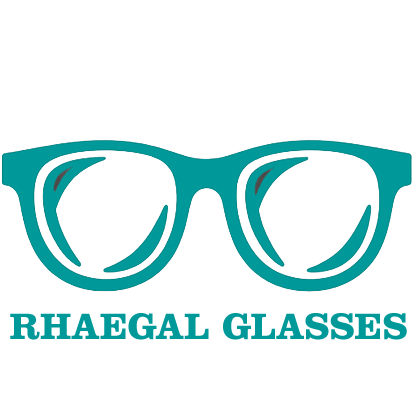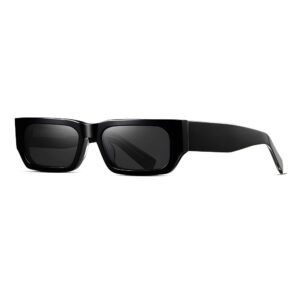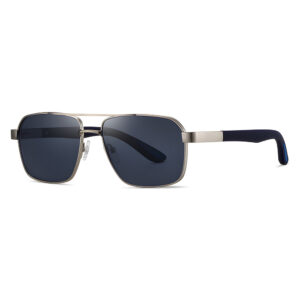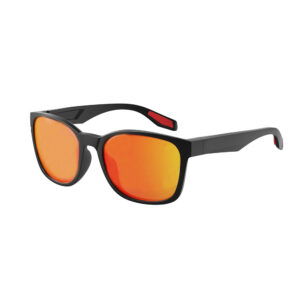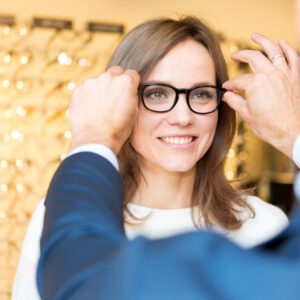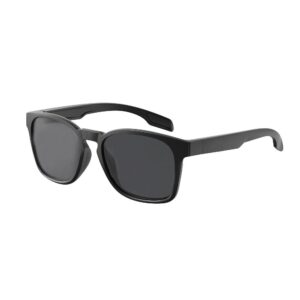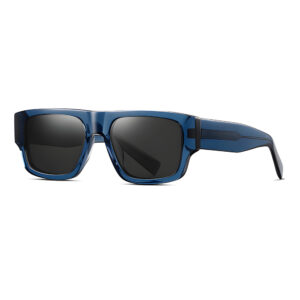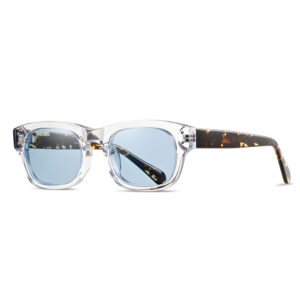
Hal-hal hebat dalam bisnis tidak pernah dilakukan oleh satu orang. Hal-hal tersebut dilakukan oleh sebuah tim. Kami memiliki sekelompok orang yang dinamis.
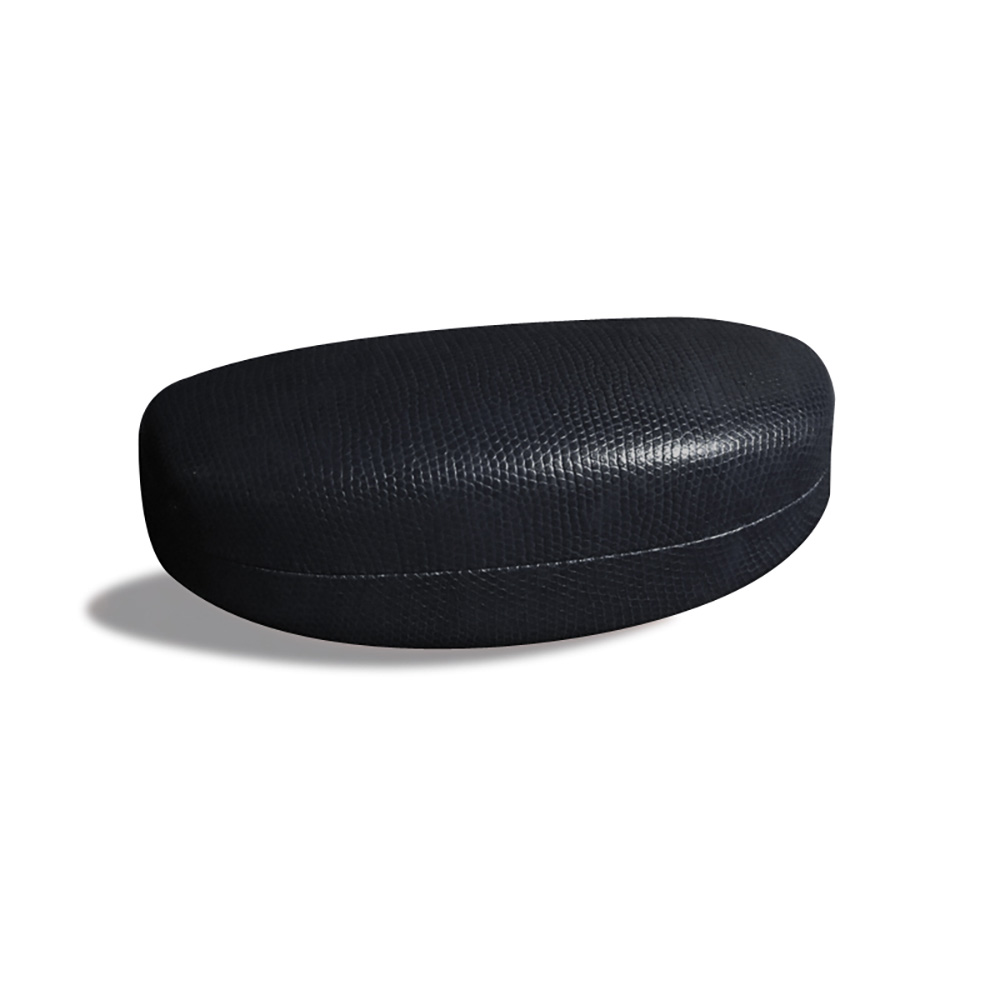
Customized PU Leather Glasses Case Factory
Beranda WhatsApp Email Kacamata, Kacamata Baca Pabrik Kacamata Baca Cahaya Biru, Kacamata Baca Cahaya Biru Tiongkok, Kacamata Baca Tiongkok

Wholesale Kids Glasses Case with Strap
Home WhatsApp Email Blue Light Glasses, Eyeglasses Customized Unisex Eyeglasses Frames, Unisex Eyeglasses Frames wholesale, Wholesale Eyeglasses Frames The Problem:
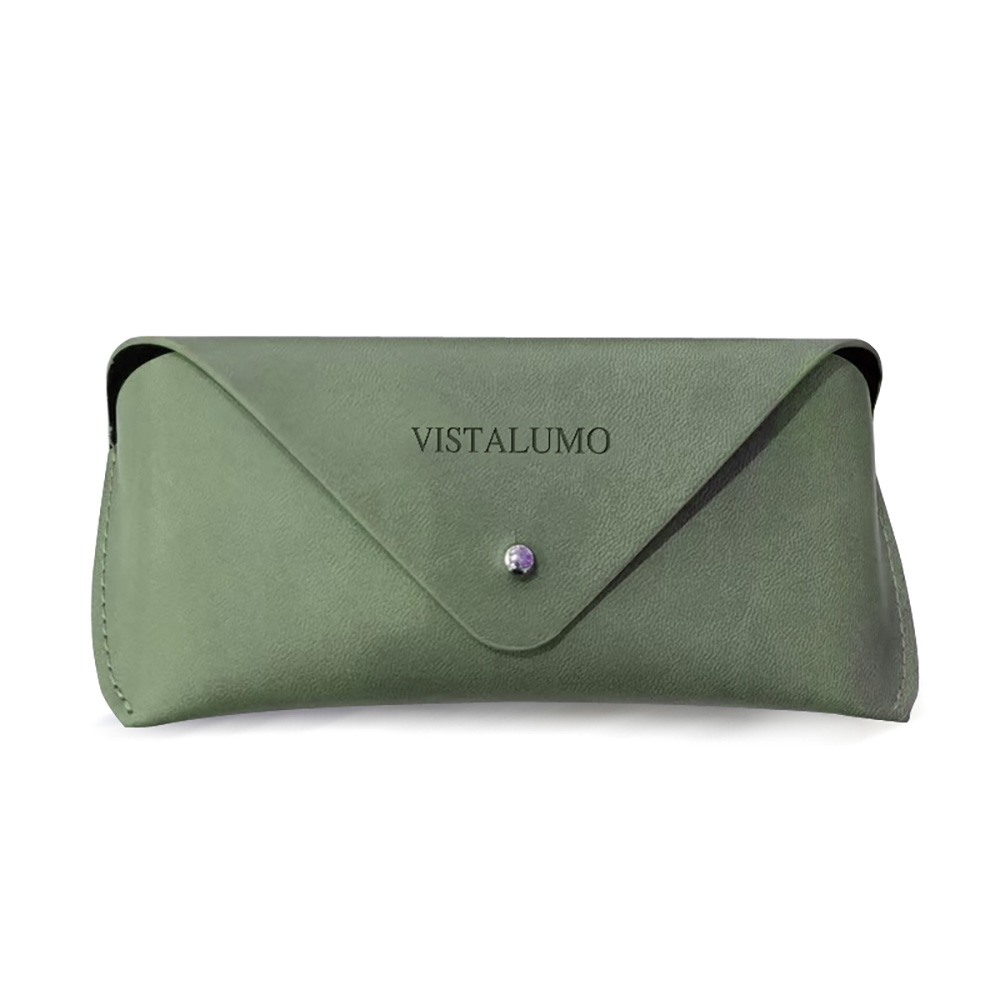
Wholesale Durable Ray Ban Sunglass Case Factory
Beranda WhatsApp Email Kacamata Cahaya Biru, Kacamata Pemblokir Cahaya Biru untuk Komputer, Kacamata Pemblokir Cahaya Biru Kustom
